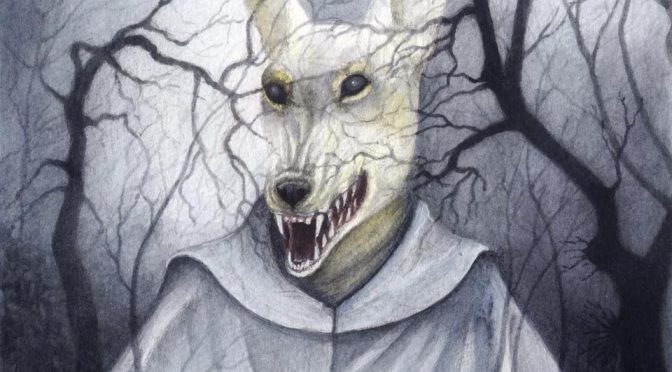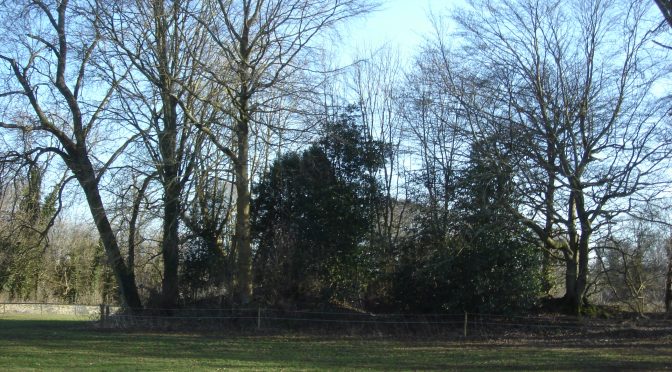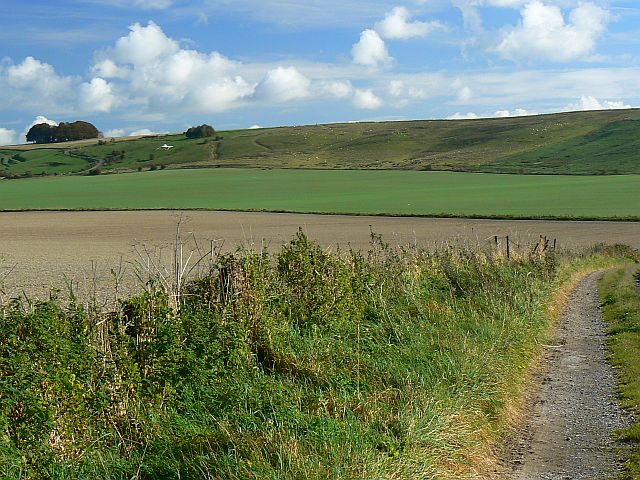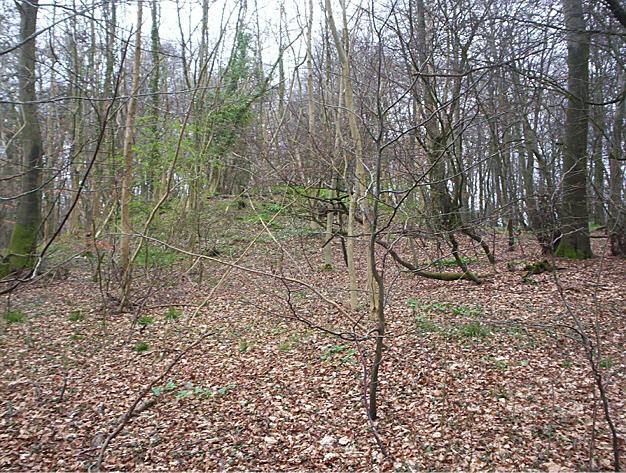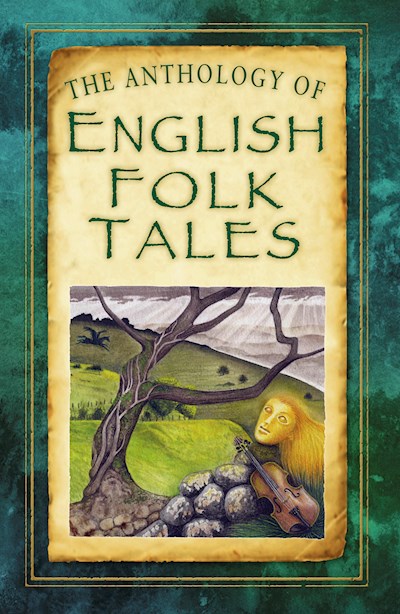If there’s one trope of folklore that appears over and over again, it’s schemes to get rich quick. Jack and the Beanstalk is, of course, one of the most universal – who wouldn’t want a goose that laid golden eggs? Lazy but often kind boys charm princesses into marrying them; pretty and resourceful maids do the same with princes. These fairy tales are a daydream, a wish-fulfilment to those stuck in a seemingly inescapable round of poverty and want. It’s something we can easily recognise in lottery ticket buying and the poring over the lives of celebrities and the royals even as austerity pinches pockets a little further and privatisation erodes the services we once had. But get rich quick stories didn’t always take place in the never-never land of fairy tales. Sometimes they take place right here, in our local area.
In researching the various folk and ghost tale books I’ve written, these tales occur again and again. They are not, of course, tales in which people actually get rich quick. These are the other sort – the sort that tells us not to rock the boat, not to disturb the status quo, to knuckle down and work hard to get your rewards because these schemes always end, if not in disaster, then in disappointment.
You see, there’s treasure hidden out there, under the earth, in ponds, in secret places. We all know it’s true – look at Lance and Andy in Detectorists sweeping their metal detectors over the (allegedly) Essex countryside (actually Suffolk!) and, at the series’ end, discovering the treasure lurking beneath their feet. People have been discovering this hidden treasure for centuries – Roman coin hoards, lost rings, real buried treasure placed with the pagan dead. Even now, we are desperate to concoct tales to tell the story of why this treasure happened to be where it was, even if our tales today tend to be more historically minded than the tales told in ale houses and by firesides in the day’s before we knew the history in the earth. But still, stories they are.

That’s why it’s thrilling to think that the man in Mound 1 at Sutton Hoo might actually be King Raedwald. A real person, attested by that reliable witness, Bede – and in king lists. We already have a story to attach to him. But there is a tale that Edith May Pretty, who owned the estate that the burial ground sits on back in the 1930s, had a friend who saw ghosts there – including one who stood on Mound 1, which, so it’s said, inspired Pretty to get the archaeologists in, just before the Secord World War![i] Of course, there may have long been tales that the burial mounds were haunted – after all, most of them had been ransacked for the treasure that the robbers had failed to find in Mound 1.
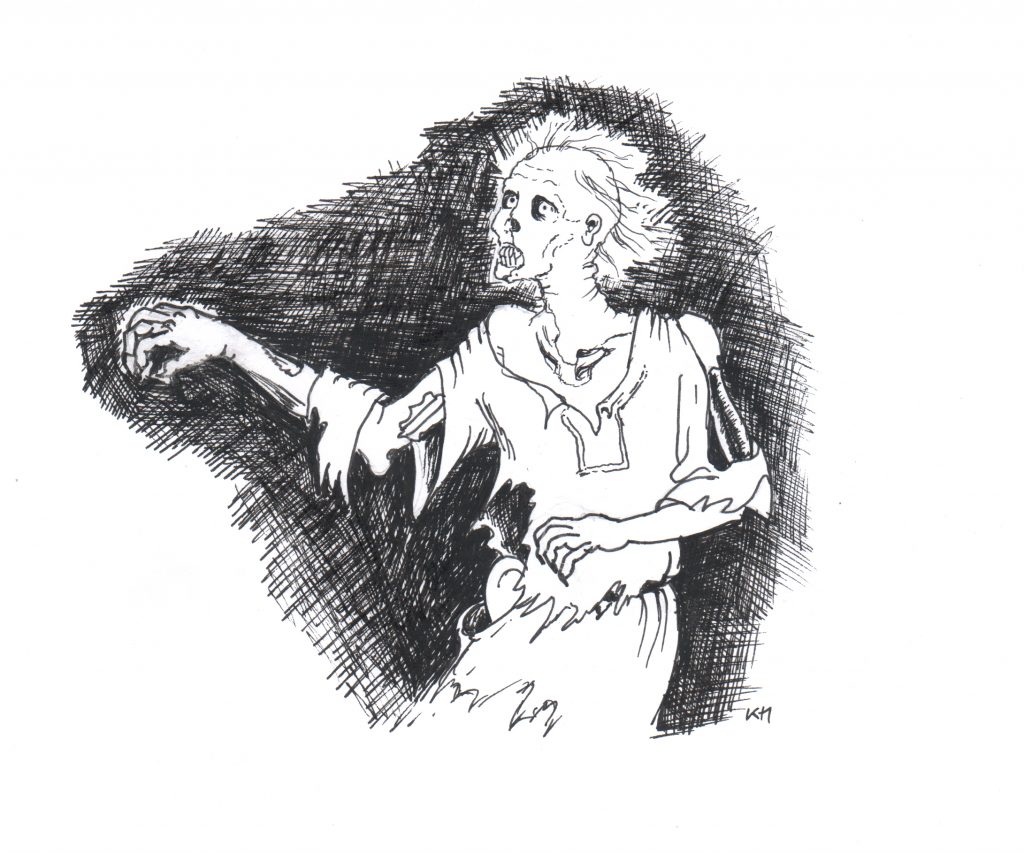
Not surprisingly, burial mounds are often a focus of treasure seeking tales. Not just Anglo Saxon and Bronze Ages ones, potentially likely to hold treasure, but the far older long barrows, which were repositories for bones, not the metal whose use had not yet been discovered by the people who raised them. As I’ve said before, often all these mounds were thought to be Saxon or Viking, so Molly the Dreamer of Minchinhampton can meet a Saxon warrior under Gatcombe Tump long barrow on his dreamed tip off that there’s gold buried there, as retold in Gloucestershire Ghost Tales. But that’s only one example – there’s a Bronze Age round barrow near Bisley, also in Gloucestershire, that’s actually called Money Tump! The tale there, retold by Westwood and Simpson, is that it was well-known that there was treasure there – a farmer wished to bulldoze the mound to find it, saying he’d ‘be rich for the rest of his life.’ [ii] The money came from the chieftain buried there after, presumably, being cut down fleeing the invading Saxons. There have been sightings of headless warriors there, too, though admittedly this was after the Bisley Feast…[iii] There’s a Golden Coffin Field up there, too, at Oakridge, with a tale that the field once contained such a thing – there’s a barrow in the field.[iv]

In Wiltshire there’s a golden coffin, too, but with a darker tale attached to it. It’s associated with one of the barrows on the Down at Bowerchalke, near Salisbury. I tell the tale in Wiltshire Folk Tales, and there are usual admonitions of not speaking while raising the coffin – but of course one of the seekers does, and the seven men who went up the hill to dig up the coffin never came down, but rather roam the hill, dragging the coffin behind them – its theirs for eternity, but not in this life! A tale told to put you off, to deter you from going up the hill and trying your luck! Treasure sits under megaliths, too – such as in Somerset under the wandering Wimblestone[v] – if you can get your hand under there while it’s dancing around the field at full moon and Midsummer’s Eve, or rolling down to meet the nearby Water Stone… What won’t work is yoking horses to it to move it during the day – the Wimblestone mocks you by staying put, then mocks you all the more by telling the tale to the Water Stone when next they meet!
It isn’t just mounds and stones were treasure can be found, back in Suffolk again we find our poster boy, who graces the cover of Suffolk Ghost Tales – the Dog-headed monk (and his nearby fellow, the Monk-headed dog), who is the ultimate odd couple – a monk and dog set to guard a treasure by St Felix, the bringer of Christianity to Suffolk at one of Suffolk’s many Clopton’s that have strangely morphed over the centuries into one being… These creatures are by halls – places of the wealthy, where you might logically think there would be treasure to be found.
Pools are another likely location – makes sense, we love putting treasure in water, a relict of a time in the Bronze Age when we offered sacrificial weapons to the spirits, maybe, of the water, and seen in every penny dropped into fountains around the world to ensure a wish come true or a return visit. At Wimbrell Pond near Long Melford is a sorrowful husk of a ghost who clings to its treasure, calling out, ‘that’s mine,’ when people try to retrieve it – although the pond may be long gone now, and the treasure forgotten. It’s said that there was a major Roman vs Celt battle there, on the Roman road to Coddenham, and that maybe the ghost has been there since then.[vi]
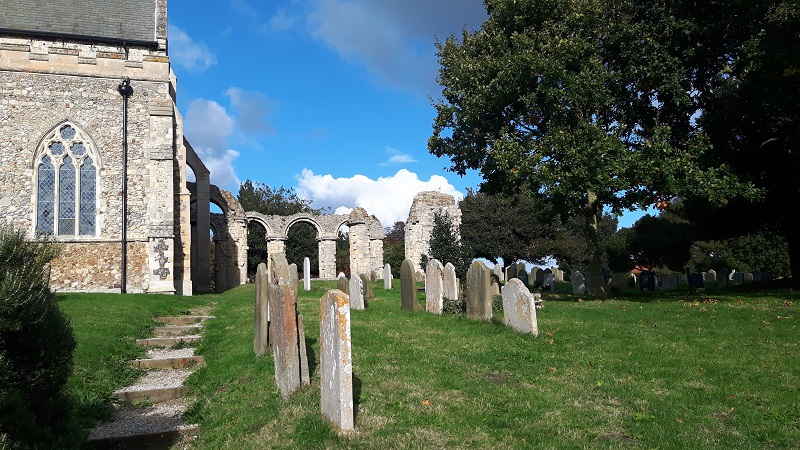
Even if you get the treasure in your hands of a night it will be gone by morning – as evinced by the case of the old lady of Orford who was buried with her gold and sent out of her grave to try to give it away as a punishment for trying to hang onto it when we all knew that, despite what the ancients might have thought, you can’t take it with you. But ghostly gold only exposes the gullibility and avariousness of those who seek it…
What can we draw from all these tales, and the many, many more that I could mention? I don’t know, but I do wonder whether if our society was more equal and wealth distributed so that we were more comfortable, whether we would dream of free wealth in this way and go to the great efforts our folkloric cousins go to get the free thing? Hmm. Back to Lance and Andy again. Much treasure dug up now does go into museums for all of us to see, but what drives the people who seek for it? Are they content with finding the fragments of the past for the thrill of meeting the ancestors? Many are. But – you do get paid the worth of treasure if you find it – divided between the finder and the landowner. And that is a driver as well. And, all of us, we know the excitement of finding a pound coin (not so much a penny, these days, for all the luck it might bring) or more dropped by another…
Images:
1. Cover image for Suffolk Ghost Tales (c) Katherine Soutar-Caddick
2. Sutton Hoo in the snow (c) Kirsty Hartsiotis
3. Wolfhang from Molly the Dreamer (c) Kirsty Hartsiotis
4. The Barrow Thieves (c) Kirsty Hartsiotis
5. Orford churchyard – where the old lady is said to be buried (c) Kirsty Hartsiotis
Notes:
[i] https://www.youtube.com/watch?v=tUG2LqqsEek
[ii] Westwood, J & Simpson, J The Lore of the Land (Penguin Books, 2005), p. 283
[iii] Rhiannon http://www.themodernantiquarian.com/site/4614/money_tump.html
[iv] Grinsell, L V The Ancient Burial Mounds of England (Routledge, 2015), p. 68
[v] Grinsell, L V Folklore of Prehistoric Sites in Britain (David & Charles, 1976), p. 58 & 104
[vi] Burgess, Mike Hidden East Anglia, https://www.hiddenea.com/suffolka.htm#acton

